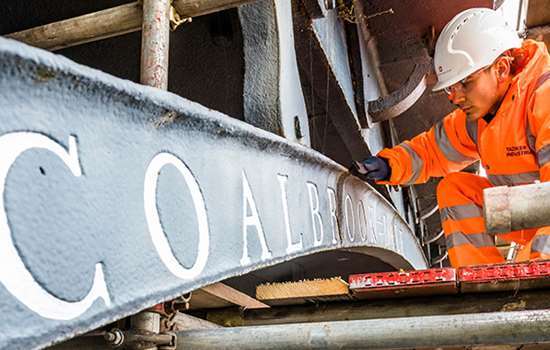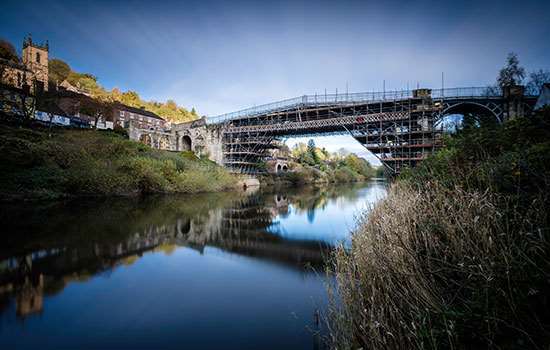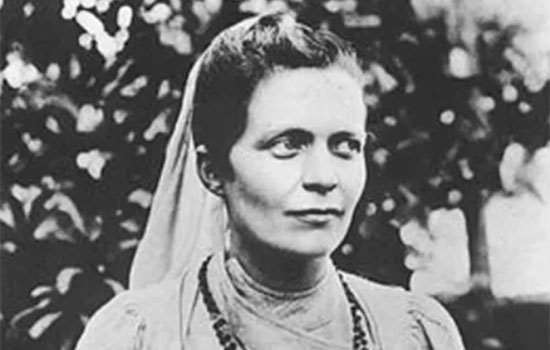01/12/2017
UK celebrates Christmas earlier than ever
An English Heritage survey asks participants when they put up their festive lights, with 77 per cent agreeing Christmas is not complete without them
Most British people put up their Christmas lights on 1 December, according to a new English Heritage survey.
Modern celebrations begin much earlier than they did for medieval people, who wouldn't start decorating their homes until Christmas Eve. The Tudors began even later, waiting until New Year's Day to exchange gifts.
The survey also reveals that 77 per cent feel that Christmas is not complete without lights.
This December English Heritage is combining contemporary lighting with history in a series of new after-dark Enchanted events. For nine evenings only from 15 - 23 December 2017, visitors can experience unique lighting designs at six historic places, including Osborne, Kenilworth Castle and Eltham Palace.
But lighting at Christmas isn't a modern phenomenon.
English Heritage Historian Dr Michael Carter said throughout history, humans have sought light to lift their spirits in winter.
'The use of light to celebrate Christmas and the midwinter festivals which preceded it is a tradition which goes back thousands of years. This reminder of the prospect of warmth and growth in the darkest days of winter was vitally important.
'The date of these celebrations has varied over the centuries, but it's clear that in the 21st century we're more impatient for Christmas to begin than many of our ancestors.'
CHRISTMAS TRADITIONS THROUGH THE AGES
The English Heritage survey shows that 86 per cent think tradition is an important element in a perfect Christmas. About 70 per cent agree that it's nice to pass on a treasured decoration as a family heirloom.
Here are some other historic traditions involving light.
- Prehistory — Celebrations centred on 21 December, the date of the midwinter solstice. The tallest stones at Stonehenge were aligned to mark the position of sunrise on that day, and great feasting would take place.
- Romans — The Romans celebrated midwinter with a five-day festival called Saturnalia, beginning on 17 December. Presents weren't a major part of the festival, but white candles, named cerei, were given to signify the increase of light after the solstice.
- Middle Ages — Churches and homes were decorated on Christmas Eve with frames covered in evergreens and candles. Churches brought in candles in bulk to burn on Christmas morning. They would have been ablaze with light on 25 December.
- Tudors — Presents were given on New Year's Day and roaring fires warmed the celebrations in the great halls of the nobility and gentry, such as at Kenilworth Castle in Warwickshire.
- Early Stuarts — Warmth and light was provided throughout the Twelve Days of Christmas by the burning of the Yule log.
- Victorians — Queen Victoria and Albert gave us the Christmas we know today. The Christmas trees Albert introduced from his native Germany in 1840 rapidly caught on, as did decking them with candles and presents which were now given on Christmas Day itself. 'Christmas Box' tips to servants and tradesmen were left until 26 December, establishing Boxing Day for the first time.
- Second World War — The blackout put an end to the comforting sight of lit Christmas trees in people's front windows. But by 1944 churches were allowed to light their stained glass windows again as the aerial threat from conventional aircrafts had all but ended.
LIGHT UP YOUR CHRISTMAS
Visit our Enchanted events page to find an event near you.
Discover more about the illuminating history of lighting on our blog.
Find out more about the history of Christmas.
For more from English Heritage, follow us on Facebook, Twitter and Instagram.
More Recent News
-

Project Iron Bridge crowd-funding campaign reaches target
Thanks to the generous support of the public, English Heritage has raised more than £40,000 to help save the Iron Bridge.
-

Call for public support to help save the Iron Bridge
English Heritage has started on a major conservation project to save the Iron Bridge.The charity is now calling on the public to help raise the final funds.
-

Champion for women's education and Indian independence receives blue plaque
Sister Nivedita's blue plaque at her former Wimbledon home was unveiled 150 years after her birth and 70 years after Indian independence.